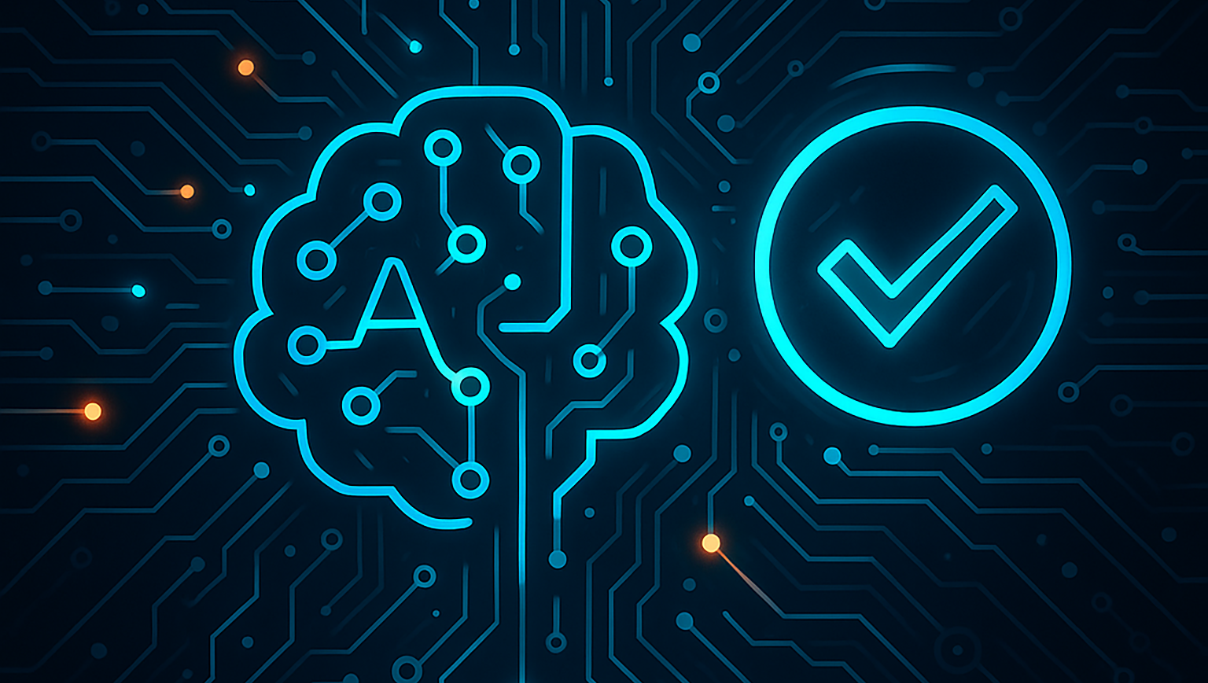
EMRs and the Interoperability Challenge: How to Get Data Out of Your EMR
Today’s healthcare organizations possess a wealth of patient data in their electronic medical records (EMR) systems. As of 2021, 78% of physician’s offices and 96% of hospitals used a certified EMR, providing everything from patient diagnoses to prescriptions with the click of a button.
This data offers enormous potential to improve patient outcomes, enhance administrative workflows, and make better, data-driven decisions. A recent study found that hospitals with the most effective EMRs have fewer deaths, fewer patient complications, and lower bills.
But accessing and leveraging that data to the fullest is often easier said than done.
Ideally, EMR data could be easily leveraged to build applications, integrate with external systems, and onboard third-party vendors. In the real world, however, these tasks are fraught with challenges and inefficiencies.
Here, we’ll explore why EMR data extraction is still so difficult in 2024. Then we’ll share how healthcare systems and third-party SaaS providers can navigate the complex landscape to seamlessly create efficiency-enhancing workflows and insightful new analyses.
Improving Interoperability: Key Challenges
Interoperability has long been one of the biggest obstacles in EMR data extraction, and the problem persists today. True, the recent rollout of TEFCA framework has created excitement about possible improvements in this realm — especially for Epic users — but other events counteract this potential progress.
For example, this summer, EMR giant PointClickCare was sued by a small analytics firm for blocking access to patient data using difficult CAPTCHA codes. The judge ruled in favor of the analytics firm, arguing that PointClickCare has “no legitimate reason” for deploying “unsolvable CAPCHAs.”
Likewise, a 2023 Health Gorilla report found that just 40% of health system executives say the data retrieved through health information exchanges is “good or great” quality, and more than half of health system CIOs planned to spend more on interoperability initiatives last year. Digital health executives echo the sentiment, with 69% reporting gaps in data.
These stories highlight just a few of the many challenges providers consistently face in the quest to extract EMR data. Whether the goal is triggering new workflows or integrating with third-party vendors, EMRs often make it incredibly difficult to accomplish the task.
Data Extraction Strategies for EMRs
Given these ongoing hurdles, healthcare providers and third-party vendors are seeking more efficient ways to extract and use EMR data. While the road to seamless data integration still isn’t easy, some approaches can significantly improve interoperability. Here are three potential strategies.
APIs
In a perfect world, all EMR systems would be API-forward platforms, designed to integrate with an array of third-party vendors. This would dramatically extend the functionality of the core EMR system and enable effortless data exchange with new applications, workflows, and vendor systems.
Unfortunately, most EMR vendors have yet to embrace this open, API-first model. Instead, most major EMRs build all additional components — such as practice management, scheduling, and revenue cycle management (RCM) — in-house rather than integrate with specialized third-party solutions.
In fact, the most well-known EMRs are infamous for replicating the functionality of successful SaaS categories, then favorably bundling a similar offering into their pricing. This leaves providers locked into proprietary ecosystems that are immensely difficult to navigate when attempting to extract data.
Though some smaller EMRs do offer API access, it’s often a time-consuming, costly process.
FHIR and HL7: Standardized Data Sharing Protocols
Another potential method for EMR data extraction is leveraging standardized protocols like FHIR (Fast Healthcare Interoperability Resources) and HL7 (Health Level 7). These widely adopted standards are meant to ease healthcare data exchanges between systems, making them a critical component if the industry ever hopes to achieve the kind of interoperability that TEFCA promises.
FHIR Protocol
FHIR is the latest, most innovative standard for electronic healthcare data exchange via well-structured APIs. This flexible approach is gaining traction thanks to its ability to deliver standardized data across a wide variety of use cases. With FHIR, healthcare providers can get faster, real-time access to quality data. It aligns data exchange requirements for quality measurement and reporting, enables automated data retrieval, and reduces effort to implement new measures.
HL7 Protocol
HL7 is a well-established standard that pre-dates FHIR. While not as flexible as FHIR, it still offers a robust way to extract data from EMRs. Interoperability is somewhat limited, but many EMR systems already support HL7 feeds, making it easier for providers to access data.
It’s important to note that both FHIR and HL7 come with challenges, especially when extracting data from customized EMR fields. This task requires careful, manual intervention to ensure data is correctly mapped and standardized. Establishing and maintaining FHIR or HL7 feeds with the EMR vendor can also lead to delays and increased costs.
Robotic Process Automation (RPA): An Alternative Approach
Robotic process automation (RPA) has emerged as one of the more effective ways to extract data from EMRs. With this solution, healthcare systems deploy software robots to screen-scrape information from various parts of the EMR system, collecting real-time data for analysis or workflow integration. Tools like UI Path make this process faster and more efficient, allowing healthcare providers to fully automate data extraction.
With RPA, healthcare systems can capture live data directly from the EMR, ensuring all analyses and workflows are based on the most up-to-date information. And unlike API or FHIR-based solutions, this approach doesn’t require direct involvement from the EMR vendor, helping to save time and reduce the costs often associated with vendor integration.
Still, RPA screen scraping has its downsides. Since EMR interfaces aren’t standardized, each instance of an EMR requires a unique configuration for the RPA bot. This can create a significant amount of overhead in terms of setup and maintenance. The RPA bots must also be updated every time the EMR system is updated or reconfigured, which can lead to additional time and resource costs.
Harness Your Patient Data with Help from 3Pillar
The data stored in EMRs can be a powerful tool for healthcare systems, paving the way to higher-quality patient care, enhanced efficiency, cost savings, and so much more. Yet, the lack of interoperability stands as a hurdle to maximizing the potential value, forcing healthcare systems and third-party vendors to make the best of strategies like APIs, standardized data-sharing protocols, and robotic process automation.
If you’re looking for ways to fully harness the potential of your EMR data, 3Pillar can help. Our team of experts will work in partnership with you to unveil the most effective solution for your unique needs, empowering you to improve patient outcomes and operational workflows. Together, we’ll help you increase your competitive edge in the ever-evolving world of healthcare. Get in touch today to learn more.



